The Republic of Ghana is a country in West Africa. According to the World Bank, it had a population of around 32 million by 2021. Around 37% of the country’s population was up to 14 years of age around the time, according to Statista.
According to the World Bank and the United Nations, Ghana is a lower-middle-income country and a Low income Developing country according to the International Monetary Fund. It is ranked 133rd out of the 191 countries on the UNDP’s Human Development Reports list.
The following article will talk about education statistics in Ghana.
Key Education Statistics for Ghana
- The adult literacy rate for people aged 15 and above in Ghana in 2018 was 79%. This was an increase of 8% from 2010, when it was 71%. This is according to a World Bank report published in 2022.
- The World Bank also released a report in June 2022 on Ghana’s percentage of total primary private school enrollments. According to this report, enrollment was at 30% in 2020. This showed a 2% increase from 2018, when it was at 28%.
- Based on data from the World Bank, Statista published a report in October 2022 on the number of children out of school in Ghana. The report stated that in 2020, 265,188 kids in Ghana were not going to school. This showed a massive increase of around 650% in the number since the previous year.
- According to a post by the Borgen Project in December 2018, almost 52% of girls attending school have been victims of gender-based violence. Similarly, 26% of schoolgirls have reported sexual violence during their studies, discouraging them from attending school due to the lack of a safe environment.
- The Ghana Education Fact Sheet 2020 covered the country’s most educated regions. The areas with the highest completion rates across the three levels of education (primary, junior and senior secondary) are Ashanti, Eastern, and Greater Accra.
- According to the same source, one of the most significant issues facing Ghana’s education system is the lack of teachers. Furthermore, the teachers are paid low and often get delayed salaries.
What is the Literacy Rate in Ghana?
According to UNESCO, ‘literacy rate’ means the percentage of a population of a particular group that can read and write. Adult literacy rate refers to the people of age 15 and above. Youth literacy relates to people of age 15 to 24. UNESCO is a specialized agency of the United Nations working for global peace through education, arts, culture, and science.
For comparative purposes, the global literacy rate is 87%. This is according to data from the World Bank. The World Economic Forum published an article in September 2022 by a Data Journalist from Statista replicating the same figure.
According to a World Bank report published in 2022, the adult literacy rate for people aged 15 and above in 2010 and 2018 was 71% and 79%, respectively.
According to the 2021 Population and Housing Census conducted by the Ghana Statistical Service, the literacy rate in the country is at about 70%. This number includes about 74.1% of the male and 65.4% of the relevant female population, respectively.
Segregated by Region, Greater Accra had the highest literacy rate at 87.9%, while the Savannah Region recorded the lowest at 32.8%.
According to the report, about 80% of the urban population aged six and above were literate. On the other hand, only 55.2% of the rural population of the same age were literate. A similar difference in literacy rates was observed between males and females.
How Does Ghana’s Education System Work?
According to the U.S. Embassy in Ghana, the country’s education system is set up in the following manner:
1. Primary (6 years)
The first six grades representing primary education are free.
2. Secondary (6 years)
The secondary school level is divided into the following:
Junior Secondary (3 years)
The subjects students learn in this phase include the
- Ghanan language, English, and French,
- Science and math’s
- Social studies and moral education.
Senior Secondary (3 years)
Most upper secondary education institutions are state-owned. The compulsory 3-year program involves further studies of the subjects mentioned above. It also involves elective specialization in practical fields like agriculture, business, general arts, or science.
3. Vocational or Tertiary (1-4 years)
Students can choose between vocational training and university studies for their higher education. Students that score well enough may only have to pay a nominal fee to continue their university education. Others may have to pay higher fees.
How Many Children Go to School in Ghana?
According to data from the World Bank, the Net Enrollment Ratio for primary schools in Ghana was around 87% by 2019. The GER at the time was at about 105%.
By the following year, the GER had remained almost static at about 104%.
For reference purposes, according to UNESCO, a GER exceeding 100% indicates that a country can support all school-age children. This is because GER represents all enrolled students as a percentage of the official school-age children. As a result, underage and overage children are included as well as students of age.
A NER only considers students of age and represents total enrollment as a percentage of this number. The maximum here is 100%. According to the UN, the farther a country’s NER is from 100%, the more the percentage of children who are not enrolled.
To reflect further statistics on how many children in Ghana go to school, we will refer to Statista. Statista is a German customer data-providing company that uses more than 22,500 sources from 170 industries.
In October 2022, Statista published a report on the number of children who are out of school in Ghana. The release date of this report was September 2022, while the survey period was from 2006 to 2020.
According to the data:
- In 2018, 153,986 kids were out of school.
- In 2019, this number dropped drastically to 35,432.
- However, in 2020, there was a sudden massive increase, and the number of kids out of school went to 265,188.
Among all the three years from 2018 to 2020, 2020 was the highest number record for kids not being at school.
2020 was also very important in terms of a significant change in the number of kids out of school. The number of kids out of school increased by 229,756 (+648.44%) in the year compared to 2019.
In June 2022, The World Bank released a report on the percentage of total primary private school enrollment in Ghana. According to the statistics:
- In 2017, the percentage of kids enrolled in private primary schools was only 26%.
- In 2018 this figure was 28%, and
- In 2020 it was 30%.
In late 2020, MICS-EAGLE published the updated Ghana Education Fact Sheet. UNICEF launched Multiple Indicator Cluster Surveys or MICS in 1995 to monitor the status of children around the world.
MISC-EAGLE, or Education Analysis for Global Learning and Equity, is an initiative project by UNICEF. Its mission is to improve learning outcomes and resolve educational equity issues. The organizations that partnered up with MISC-EAGLE for fact-gathering this fact sheet include the Ministry of Education of the Republic of Ghana, US AID, the World Bank, and UNICEF itself.
Primary Education
The empirical data from the fact sheet shows that females are more likely to complete primary education (73%) than males (69%). Moreover, the population in the urban areas has more primary education completion (79%) compared to rural areas (65%).
Lower Secondary Education
Once again, females are more likely to complete their qualification (50%) than males (45%). The completion of lower secondary education is also denser in urban areas (61%) compared to rural areas (31%).
Upper Secondary Education
The upper secondary stats for the completion rate in terms of gender are almost the same. 35% of the males complete their upper secondary education compared to 34% of the females.
As for the difference in educational attainment between cities and rural areas, 47% of the urbanized population complete their upper secondary education, while in the rural areas, it is only 22%.
The State of Female Education in Ghana
According to data published by Statista in 2021, females spend an average of around eight years in school. In comparison, males spend an average of nine years in school in Ghana.
Social Class Disparity
Unsurprisingly, social class differences are a deciding factor in girls’ education in Ghana. Girls from wealthy households in urban areas average 13 years of education. According to a 2016 UNICEF post, this is nine years more than the average for girls from the poorest household in rural areas. However, girls from wealthy families also experience gender differences at a higher level of education.
Gender-Based Violence
According to a 2018 article by the Borgen Project, an organization that fights against poverty and hunger, almost 52% of Ghanan girls in schools have been victims of gender-based violence.
Furthermore, research published by the University College London suggests that 26% of schoolgirls in Ghana report sexual violence. This discourages them from attending school due to the lack of a safe environment.
There is a difference between gender-based violence (GBV) and sexual violence (SV.) GBV involves any sort of harm directed towards a person because of their gender. On the other hand, SV refers explicitly to offences of a sexual nature.
Teenage Pregnancies
According to the Borgen Project post mentioned above, 14% of girls aged between 15-19 in Ghana had at least one child. This is according to Adolescent Pregnancy statistics from 2017.
According to the Ghana Health Service – District Health Information Management System (GHS DHIMS), 542,131 girls aged 10 to 19 years became pregnant in Ghana between 2014 and 2020. Of all the teen pregnancies during this period, over 13,400 involved girls aged up to 14.
Underage pregnancy is associated with a higher chance of dropping out of school.
Unsatisfactory Sanitary Conditions
Girls in Ghana may also be unable to attend school during their menstrual cycles. The government has classified sanitary pads and tampons as “luxurious items” with a 20% tax levied on imports, meaning that most girls cannot afford them and must stay at home for fear of humiliation in public. This means that they are forced to miss many hours of their education.
Social Norms
Furthermore, social norms prioritize male education and treat female education as less important. Activities in line with traditional gender roles were introduced into schools to be more approachable to girls to convince communities to send their girls to school.
In the words of Dinah Addiko, Technical Committee member of the Ghana National Education Campaign Coalition (GNECC),
“In the process of encouraging girls to go to school, the system thought: ‘let’s make the schools attractive in the lines of things that girls did at that time. Let’s introduce them to home economics, nursing, and cooking.’ We took traditional gender roles and moved them into the formal education system. And now we wonder where the girls are in STEM. We got it wrong, and it is our responsibility to fix that.”
It is also worth mentioning that there is a gender disparity that has been observed in Ghana’s Science, Technology, Engineering, and Mathematics (STEM) fields.
Which Parts of Ghana Are the Most Educated?
Once again, we will refer to the Education Fact Sheet of Ghana to cover the most educated parts of Ghana.
Primary Education
According to the fact sheet, the regions of Ghana with an 80-99% primary education completion range were the following:
- Volta
- Brong Ahafo
- Ashanti
- Eastern Ghana
- Western Ghana
- Central Ghana
- Greater Accra
The regions with a completion range of 60-79% in primary education were the following:
- Upper West of Ghana
- Upper East of Ghana
- Northern Ghana
Lower Secondary Education
For the lower secondary education completion rate, the only region with a completion range of 80-99% was Greater Accra.
The areas with 60-79% completion were as follows:
- Brong Ahafo
- Ashanti
- Eastern Ghana
- Western and Central parts of Ghana
The areas with a completion rate of 30-39% were:
- Upper East of Ghana
- Northern Ghana
- Volta
The Upper West of Ghana was the only region with a 0-19% completion rate.
Upper Secondary Education
Furthermore, regarding the upper secondary completion rate, the region with the highest range, from 60-79%, was Greater Accra.
Volta was the only region with a 0-19% completion rate.
The rest of the areas, like the Upper East and West of Ghana, Northern and Central Part of Ghana, Ashanti, Brong Ahafo, and Western and Eastern parts of Ghana, all had a completion rate of 20-39%.
The Education Fact Sheet also shared some interesting facts regarding regional education.
- Regarding the completion rate, there is a high regional disparity, and it increases with an increase in the level of education, i.e., going from primary to lower secondary to higher secondary education.
- The Northern regions are behind the Southern ones at the primary education level.
- For the lower secondary level of education, the regions with high completion rates were Ashanti, Eastern, and Greater Accra. However, the Upper West had the lowest completion rate of secondary education.
- The regions with the highest completion rates across three levels of education (primary, junior and senior secondary) were Ashanti, Eastern, and Greater Accra.
- The region that had the most significant decline in completion rates was Volta. Even though 63% of kids finished their primary education, only 16% were successful in completing their upper secondary education in Volta.
What Are the Biggest Issues of Ghana’s Education System?
1. Classism
The effect of classism in Ghana’s educational system is best expressed in UNICEF’s Ghana Education Facts Sheet. The fact sheet details how children from wealthy households are nine times more likely to enroll in pre-primary education than children from poorer households.
2. Lack and Maltreatment of Personnel
One of the most significant issues facing Ghana’s education system is the lack of teachers. Furthermore, the teachers are paid low and often delayed salaries. They are provided with no incentive to work harder for their students.
3. Lack of Infrastructure
The lack of facilities in educational institutions, particularly in rural areas, leads to a poorer quality of education in those areas. The water and sanitation facilities could be better and up to standard. The learning materials, such as textbooks and stationery, need more supplies. Teachers are asked to use the resource packs provided, but more is needed to teach all students.
In many schools, there needs to be proper infrastructure for the students to learn in. The classes are held under trees and bare ground; even a hint of rain is enough to close the school. This leads to a disruption in schedule and a reduction in school hours.
4. Gender Inequity
As mentioned above, the female students of Ghana’s institutes face additional hurdles in their education. The gender inequality in Ghana means fewer girls are allowed education opportunities due to gender-based violence, lack of feminine hygiene products, and teenage pregnancies.
Additionally, Ghana does not provide inclusive education for its disabled students. The infrastructure and location of the schools do not take their disabilities into account, resulting in irregular attendance and dropping out.
Conclusion
The adult literacy rate for people aged 15 and above in Ghana from 2010 to 2018 increased from 71% to 79%.
The GER and NER for primary schools in 2020 and 2019 were 103% and 87%, respectively. Furthermore, 265,188 kids in Ghana were not going to school in 2020.
The regions with the highest completion rates across three levels of education (primary, lower/upper secondary) are Ashanti, Eastern, and Greater Accra.
One of the most significant issues facing Ghana’s education system is the lack of teachers, educational resources, infrastructure, and traditional perspectives.
![Education Statistics for Ghana [100% Updated] 1 Education Statistics for Ghana](https://zoets.b-cdn.net/wp-content/uploads/2023/04/Education-Statistics-for-Ghana-scaled-e1682084056302.jpg)
![Education Statistics for Ghana [100% Updated] 2 What is the Literacy Rate in Ghana](https://zoets.b-cdn.net/wp-content/uploads/2023/04/What-is-the-Literacy-Rate-in-Ghana.jpg)
![Education Statistics for Ghana [100% Updated] 3 How Does Ghana's Education System Work](https://zoets.b-cdn.net/wp-content/uploads/2023/04/How-Does-Ghanas-Education-System-Work.jpg)
![Education Statistics for Ghana [100% Updated] 4 How Many Children Go to School in Ghana](https://zoets.b-cdn.net/wp-content/uploads/2023/04/How-Many-Children-Go-to-School-in-Ghana.jpg)
![Education Statistics for Ghana [100% Updated] 5 The State of Female Education in Ghana](https://zoets.b-cdn.net/wp-content/uploads/2023/04/The-State-of-Female-Education-in-Ghana.jpg)
![Education Statistics for Ghana [100% Updated] 6 Which Parts of Ghana Are the Most Educated](https://zoets.b-cdn.net/wp-content/uploads/2023/04/Which-Parts-of-Ghana-Are-the-Most-Educated.jpg)
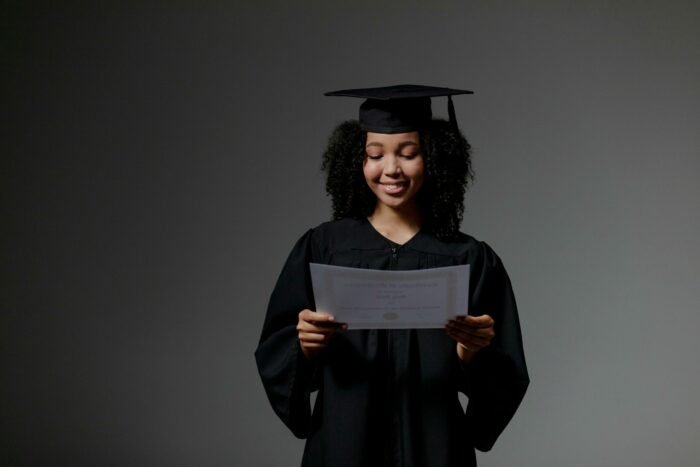
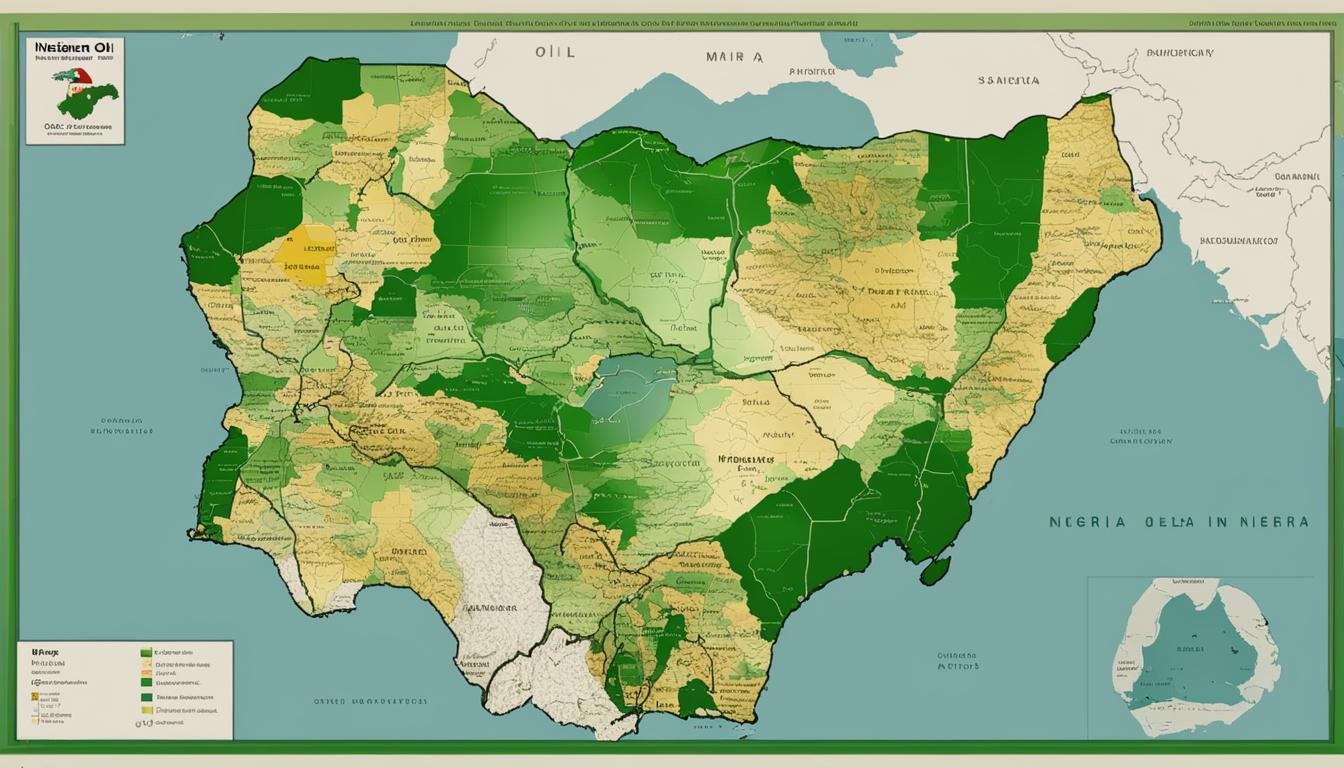
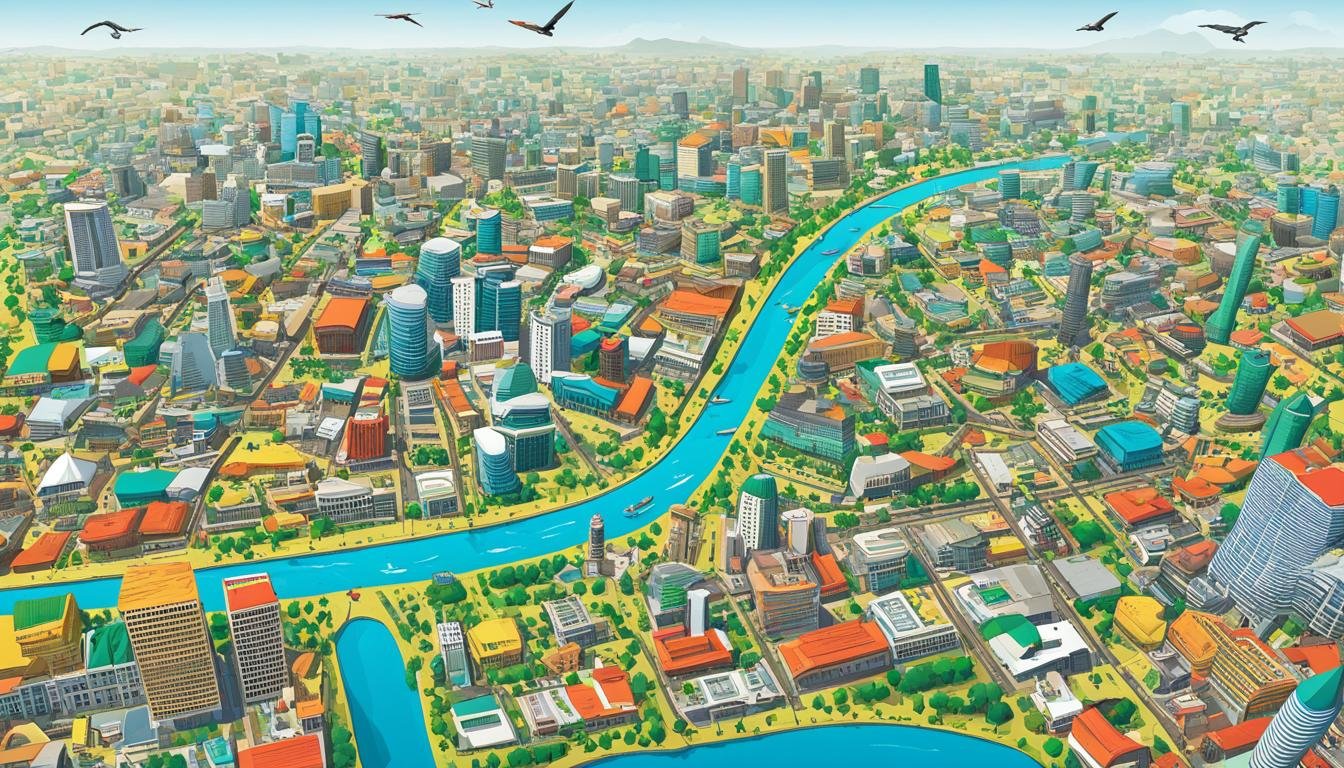


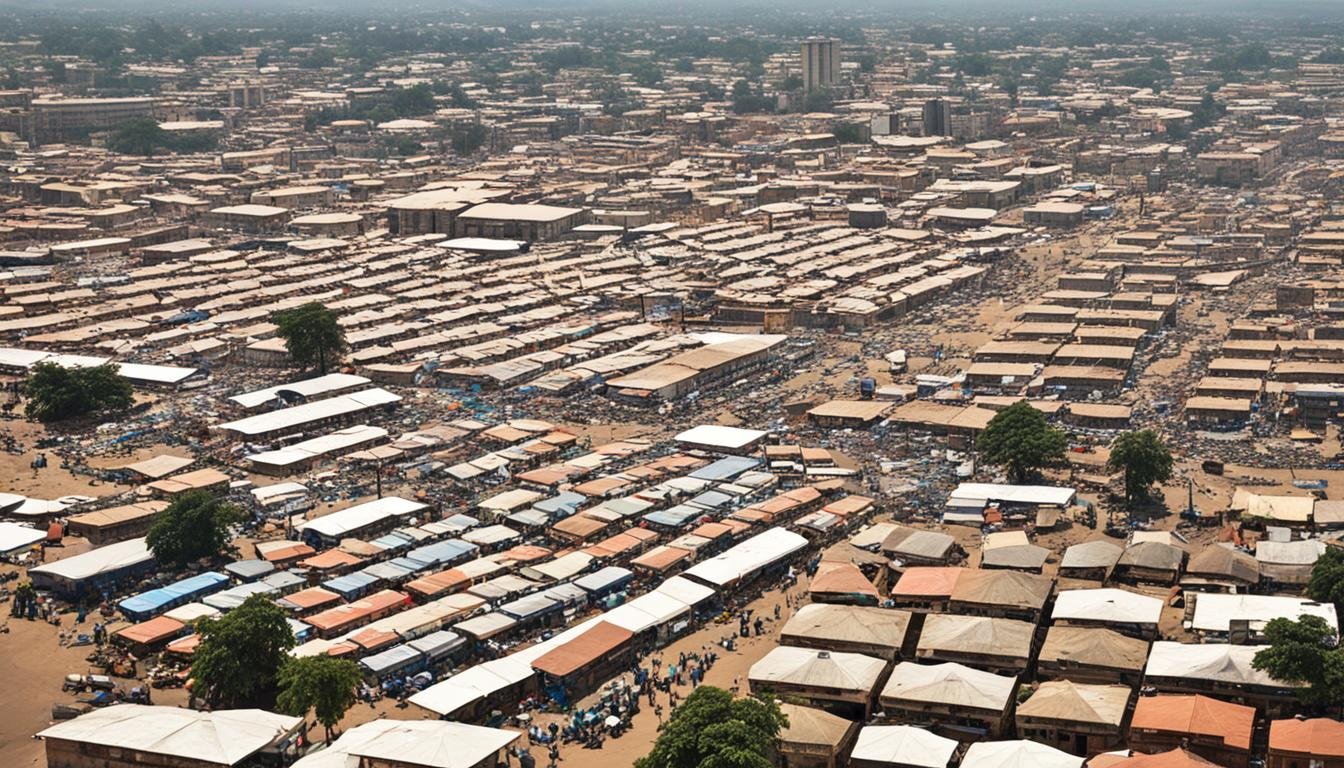
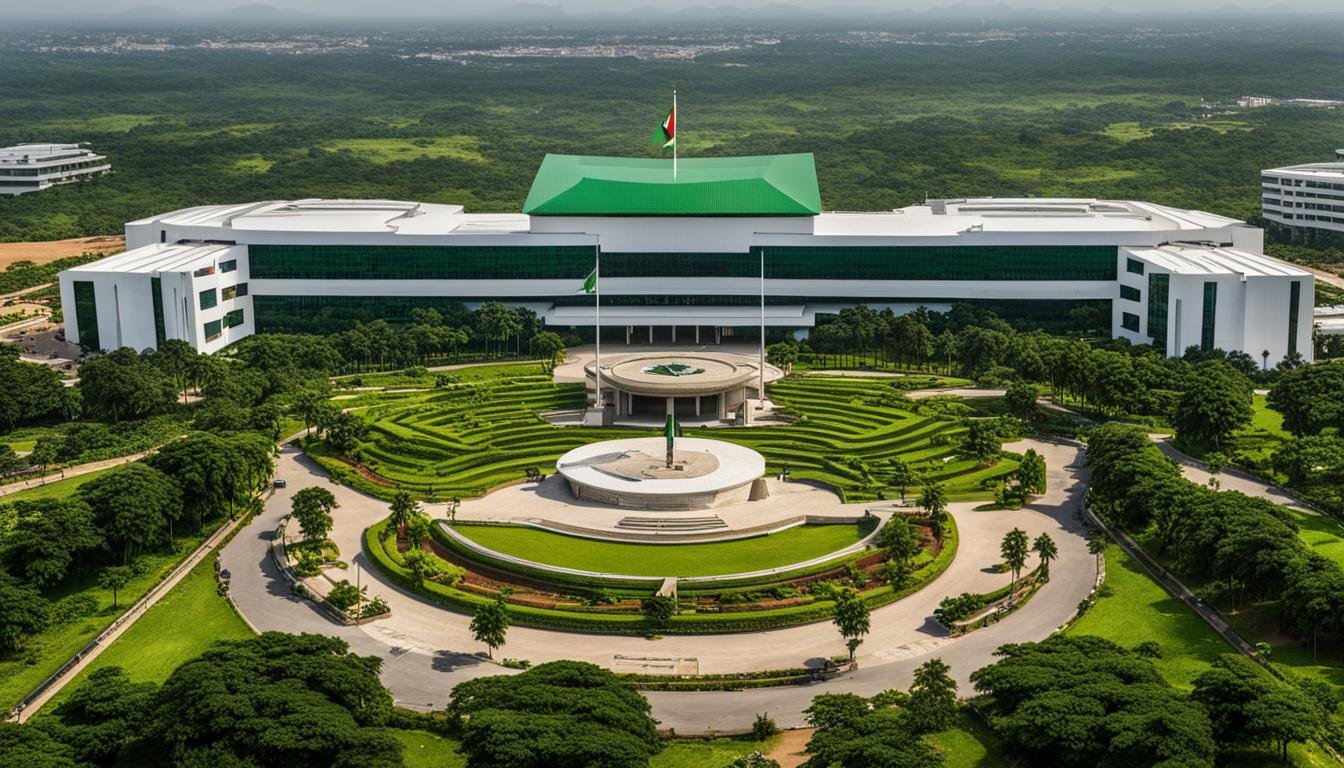
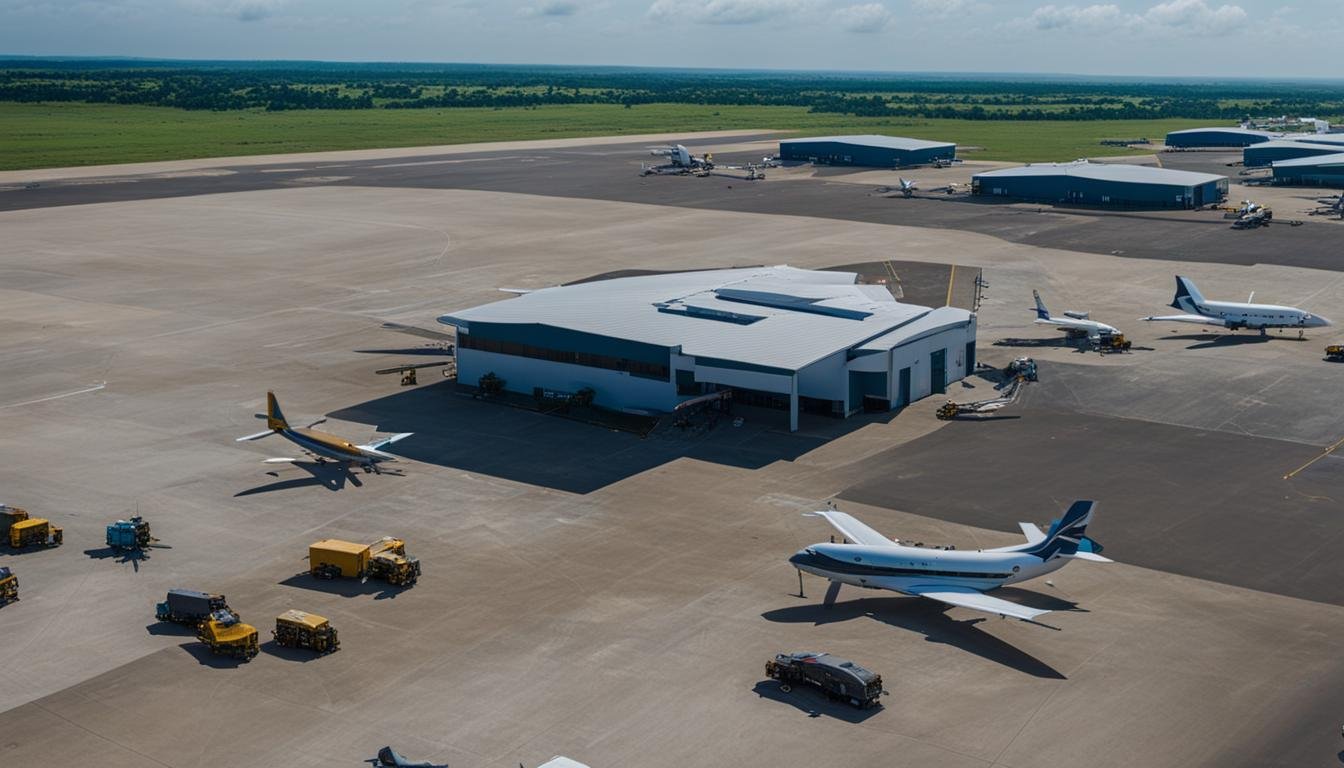
![Education and Skills Gap Statistics in the US [3 FAQs] 15 Education and Skills Gap Statistics in the US](https://zoets.b-cdn.net/wp-content/uploads/2024/01/pexels-kai-pilger-414530-scaled-e1704203026801.jpg)